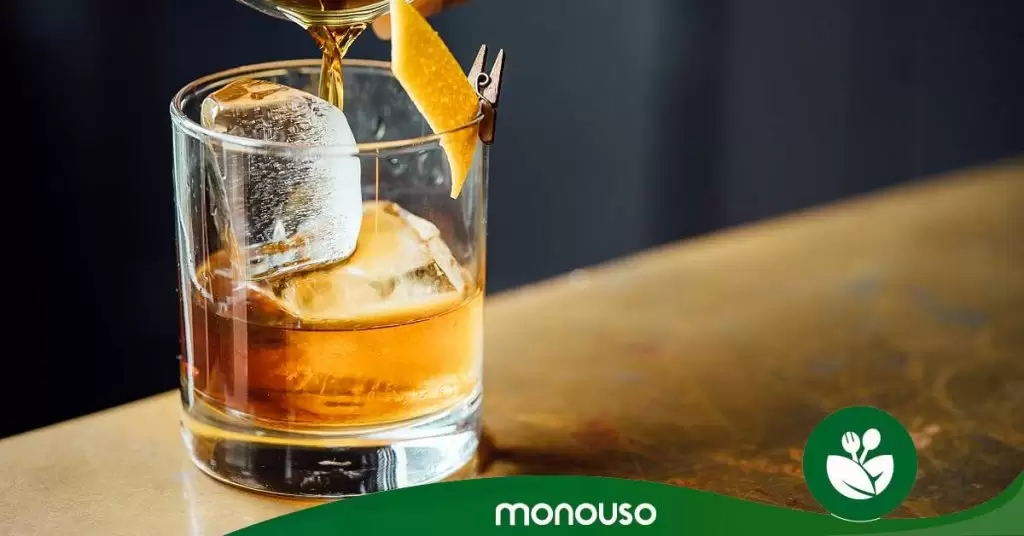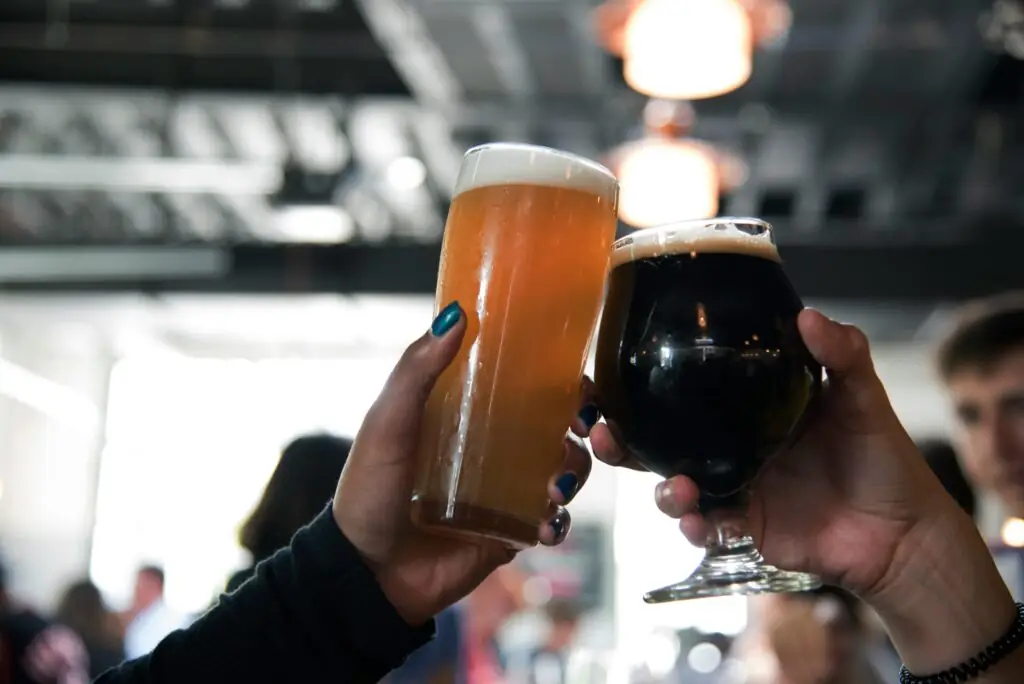Vermouth is a macerated liquor, known in Spanish gastronomy as an aperitif that diners take before enjoying a good meal. To find out what Vermouth is made of, stay with us and discover, among other things, what it is accompanied by, what time it is drunk and the characteristics of this drink.
What is Vermouth and what is it made of?

Vermouth is a liquor made from wine, aromatic herbs -such as wormwood, flowers and sugar- which are macerated so that this sweet drink can be enjoyed later. Vermouth is usually made from 75% wine, with the manufacturer being responsible for defining the techniques for processing it into the final product. When it is time for the vermouth, this elixir is served on ice with a slice of orange, lemon or green olive
Where does the vermouth come from?

The name Vermouth comes from the German term “wermut” which refers to wormwood, the aromatic herb present in the production of this liqueur. The origin of this drink dates back to the 5th century BC by Hippocrates of Cos, a Greek doctor and philosopher who made this elixir from the maceration of various herbs. Because of this, drinks prepared during the Middle Ages with ingredients similar to Vermouth were known as Hippocratic wine. As is common in this type of story, there are several versions of its birth and who was responsible for its first preparation. Among the other hypotheses of the birth of Vermouth, there is one that maintains that this drink – based on wine and fine herbs – comes from Egypt. Following the same line, there is a theory that assures that in 1786, the Italian Antonio Benedetto, made the mixture that allowed him to create this delicious drink.
How Vermouth came to Spain
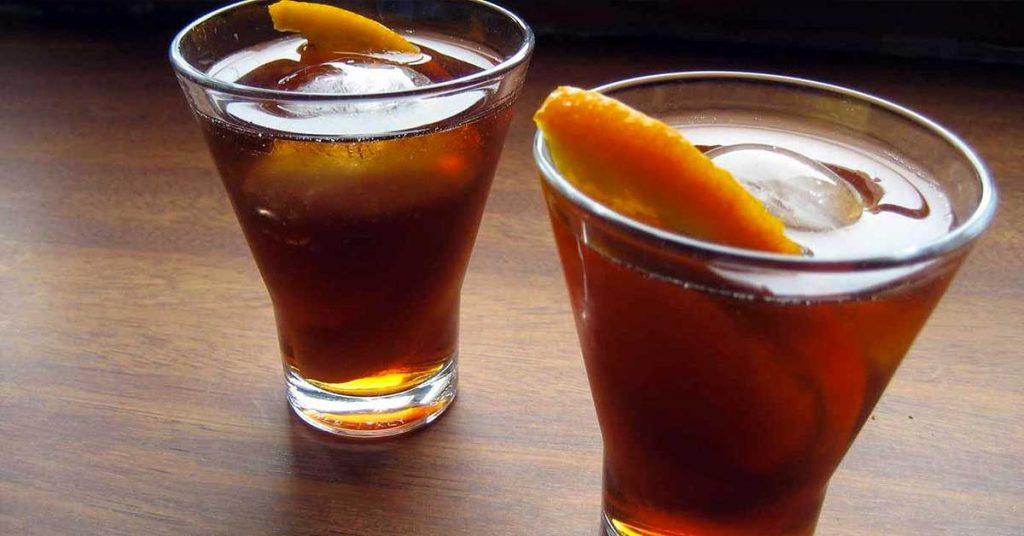
The history of Vermouth in Spain also has several versions. The first indicates that the Vermouth was born around 1870, in the town of Tarragona, specifically in the city of Reus. There, production of Vermouth began under the brand name Punt e Mes However, another version places the Spanish Vermouth in bloom in the lands of Huelva. The responsibility lies with the Melquiades Sáenz winery. Although the exact date of production of Vermouth in Huelva is not identified, it is claimed that it was before the production of its renowned orange wine, whose recipe dates back to 1870.
Different types of vermouth

There are four types of vermouth, which differ in the basis of their preparation and origin, they are
- White vermouth:
- Red or black v
- Dry
- Pink vermouth:
this type of vermouth is the mildest and most delicate of all. Due to the sensation of freshness it produces, it is usually consumed a lot during the summer. Despite the existence of two types of this liquor, it is more common to commercialize the red or black Vermouth.
Characteristics of a quality vermouth

Among the characteristics of this drink we have the following:
- When you are served a Vermouth you will find a drink with orange and reddish tones
- Bordeaux and brick tones can also be perceived, with a tendency towards brown.
- To obtain this colouring, the liqueur is coloured with caramel
- It has a complex aroma, due to the amount of ingredients used in its production.
- When it comes into contact with your taste buds, you will identify a flavour with bitter touches, dry and with certain sweet tones
- When serving it, some drops of citric fruits are added, offering a lemon, tangerine or orange flavour
.
All about “Vermouth time

You’ve heard of Vermouth time, as if it were tea time for the English. But it doesn’t really have to do with a specific time. Vermouth time refers to the moment when this drink is enjoyed. Vermouth is a drink commonly consumed in bars and homes in Spain, served as an aperitif or to open your mouth before lunch.
What is the Vermouth drunk with?

Here we will share some ingredients that will help you discover what Vermouth is taken with and the different options available for preparing it. Some of the ideal ingredients to enjoy this drink are
- Lemon slices.
- Orange slices.
- Green olives.
- Carbonated water.
In addition to these ingredients that are added to the drink, there are some appetizers that can be classified as classics to be eaten with a good Vermouth. For example, we have the delicious garlic prawns, mussels in vinaigrette and clams in various preparations. Each of these dishes, with a very characteristic taste, find in the Vermouth an ally to elevate the flavours and give a special touch to the moment.
Looking for an additional ingredient? Put Vermouth on it!
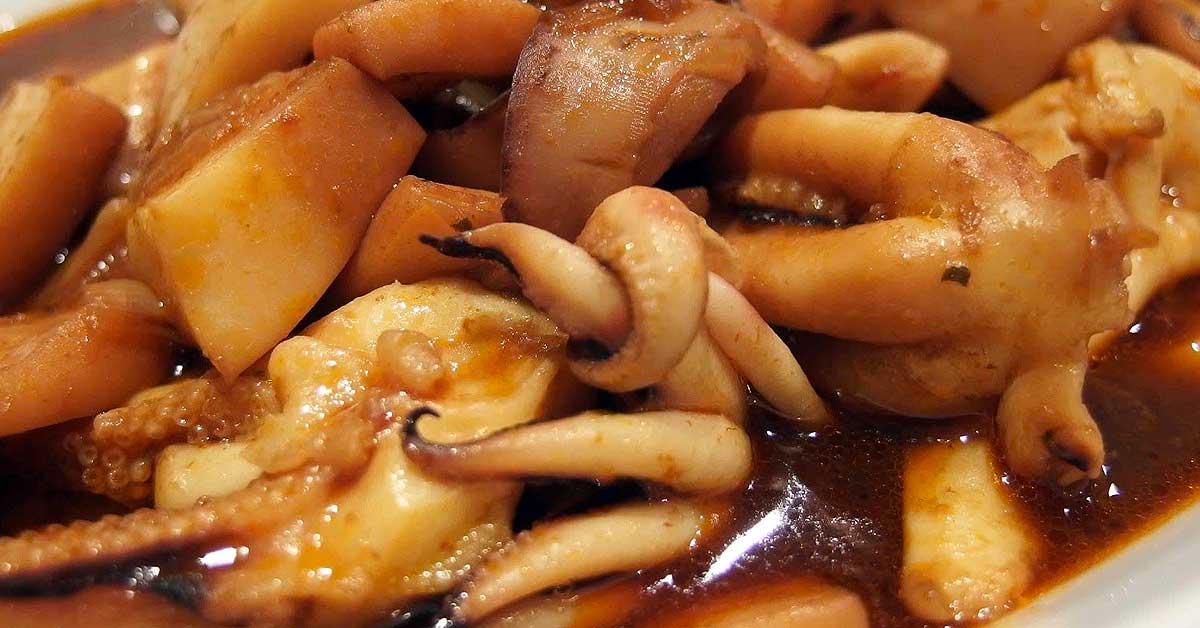
In addition to enjoying the Vermouth during an outing with friends, this drink can be used to highlight the flavour of classic appetizers such as anchovies, chillies and anchovies. In the kitchen, it is a perfect ingredient to add to red meat, fish and some pasta recipes. On your next day in the kitchen, dare to add a little vermouth to your recipe and bring that dish up to the level of an experienced chef.
Vermouth glasses and any liqueur
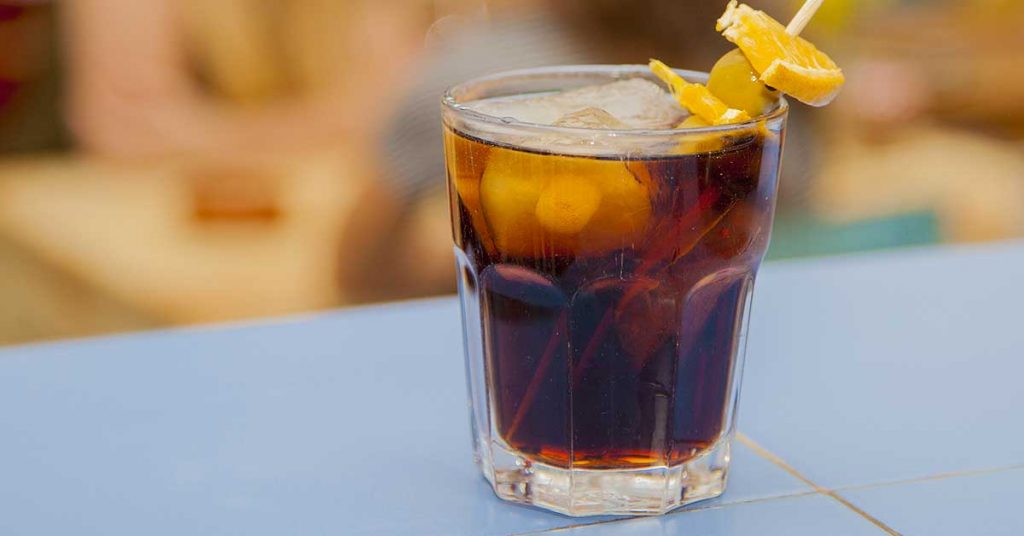
To enjoy vermouth and other drinks, in our online shop: Monouso, we have a wide variety of glasses and cups, of different materials and styles, to adapt them to any occasion. Resistant products, of excellent quality, with diverse colours and ideal designs to highlight the image of your business. For example, we have the San and Tritan reusable cups, beautiful containers that you can use to prepare drinks during your service. These reusable cups can be easily stored and are dishwasher safe, making them safe to use at all times.

